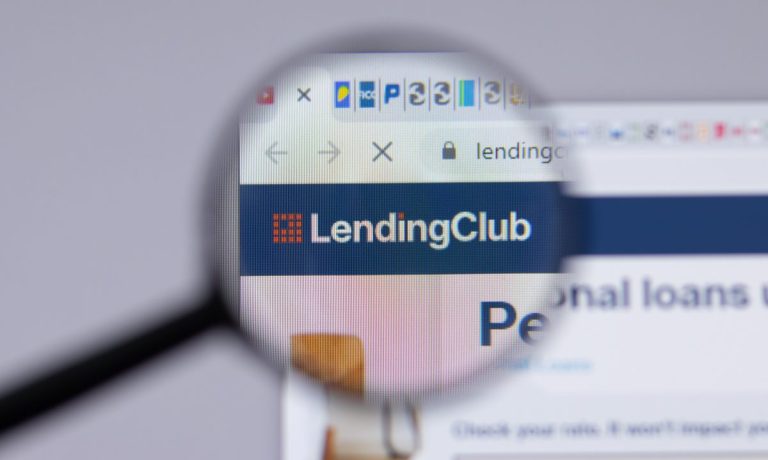LendingClub Says Consumer Stress Driving Increase in Credit Card Balances and Demand for Loans

LendingClub’s transition to a digital banking model proceeds apace, but its core consumer loan business continues to gain traction in an inflationary environment, where maintaining traditional consumer debt is becoming unwieldy.
“Credit card balances are now back above pre-pandemic levels and credit card rates are rising,” CEO Scott Sanborn said on a conference call. “This is driving strong borrower demand for personal loss. Accordingly, we grew loan volume by 19%.”
Elsewhere, revenue of $330.1 million grew 61% year over year, riding tailwinds from the growth in net interest income and marketplace revenue, which gained 36%. The consumer marketplace originations, as detailed in the most recent supplemental materials, were up 29% to $2.8 billion.
Overall deposits of $4.5 billion were up 78% from June 30, 2021, the company said.
Total loans held for investment (excluding PPP) grew 106% from June 30, 2021, reflecting growth in personal loan originations and an increase in originations retained in the held for investment portfolio. The percentage of originations held for investment increased to 27% from 20% a year earlier, per the company’s press release.
In supplementals released by the company alongside earnings, marketplace revenue of $206.4 million grew 36% year over year, reflecting growth in marketplace originations. FinTech-related core revenues stood at 59% of the top line, the banking-related revenues accounting for the remaining 41%.
Additionally, the average FICO score of the servicing portfolio was 721, and of the held-for-investment portfolio was 730. As for the personal loan book, the average FICO is more than 700 and the average income tops $100,000.
Provision for credit losses increased to $70.6 million from $34.6 million last year. During the conference call, Sanborn noted that revenues growth outpaced originations growth of 41%.
“We have positioned the company well to capitalize when we see quality growth opportunities while remaining mindful and prudent with respect to risk,” said Sanborn.
Looking ahead, borrower demand will remain strong in the current quarter and then will soften in the fourth quarter, which is tied to typical seasonality. With a nod to the institutional business, Sanborn noted that as rates rise for certain investors, their funding costs will move based on the forward curve.
“These investors are seeking more yield to cover their increased cost. We will eventually be able to pass price increases onto the borrowers who will see their cost of credit move as the primary rate moves,” said Sanborn, who added that LendingClub’s proprietary loan auction platform will offer a conduit to read the clearing price and moderate loan volume to match investor demand.
See also: LendingClub’s LCX Platform to Get Client-to-Client Transactions
“As the economy improves, we’ll be ready to lean into our FinTech advantages, dialing up the marketplace to drive scale and capture market share,” predicted Sanborn.
Chief Financial Officer Tom Casey said that during the quarter, LendingClub retained nearly 27% of consumer loan originations, which was above the company’s targeted range of 20 to 25% similar to Q1.
Management noted that delinquency rates across the entire servicing portfolio remain below pre-pandemic levels. Sanborn noted on the call that the core consumer “is very strong on both the leading and lagging indicators including the overall delinquency levels.”
And with a nod to the digital banking efforts — where the average bank loan portfolio was up 64% to $3.7 billion — and a vertically integrated model that diversifies income streams and interest income, management noted that one key area lies with connecting consumers who are borrowing from LendingClub to their primary checking accounts.
“We have been industrializing the acquisition of Radius and getting their pipes to be able to handle scale … it’s an opportunity to further engage with our members,” he said.